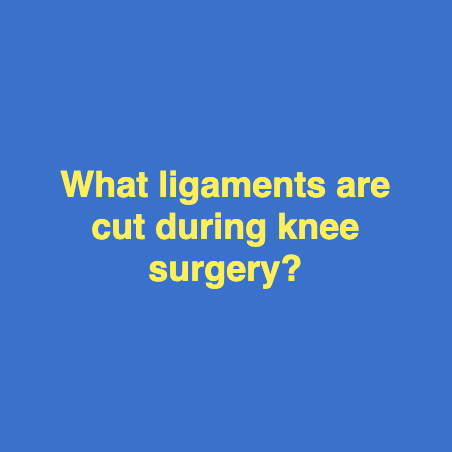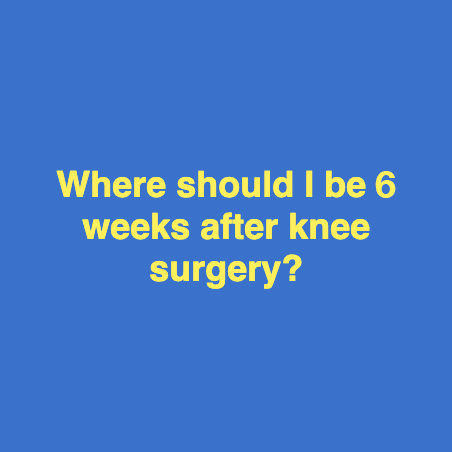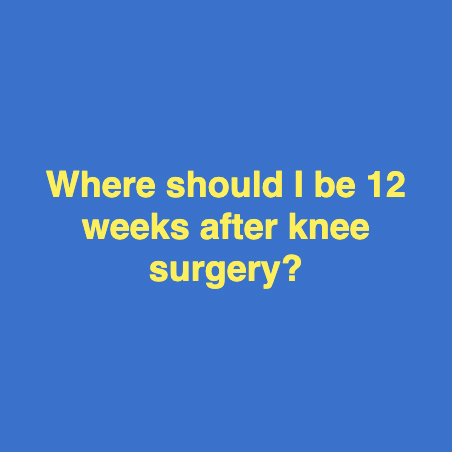Today we’re going to go over what to expect when getting a cast. OK, so if you’re getting a cast, the first step is to put on this sock like substance, and this is just to get an extra barrier between the skin and all the casting material that we eventually put on there. We cut a hole there to allow for the thumb, but we also put an extra one for the thumb once this sock is on, we’ll move onto some padding. Padding will keep the arm nice and cozy, and we’re also gonna pad any spots that need to be padded extra such as the bony prominences at the wrist. You don’t want to come up too high on the hand because we also want the kiddos or the patient whoever’s getting this cast to still be able to function with their hand while it’s immobilized and their wrist while it’s immobilized. When we look for a sweet spot we don’t want there to be too much padding. We don’t want there to be too little. We put extra cuffs on both ends of the cast to make sure we save the patient from any irritation from the cast material. We don’t want any unnecessary rubbing. So we’ll put some at the hand, and the elbow. Once all the padding is on, we’ll start with the cast material which is fiberglass. What we do is we dip it in water, wring it out, and as it dries it will also harden. We start with a layer of white, then we finish with color. Once that first layer is on we fold back the sock, we make the ends look nice, and make a nice little cuff to prevent irritation. Expose the thumb, then we cut another slit in this part to help the sock lay down a little better. And this is when you start getting an idea of what the final product will look like before the color is added. And we’ll do the same, but only in color. This is just standard issued water we’re using, nothing fancy with glue on it. So if it drips on the patient, it will dry. And the last step is to go over the cast with some more water. This is usually when the splash zone comes into effect. Once this starts to dry, we finish up with some molds in order to make sure this cast doesn’t fall off, and that it’s doing the job it was intended to do which is hold fractures in place. These are very sticky, which is why I’m wearing gloves, but they will be dry by the time the patient checks out and gets to their car. Going to do a small mold on the hand, make sure the patient can move their fingers that way they can still do homework, play video games, clean their rooms.
Menu













